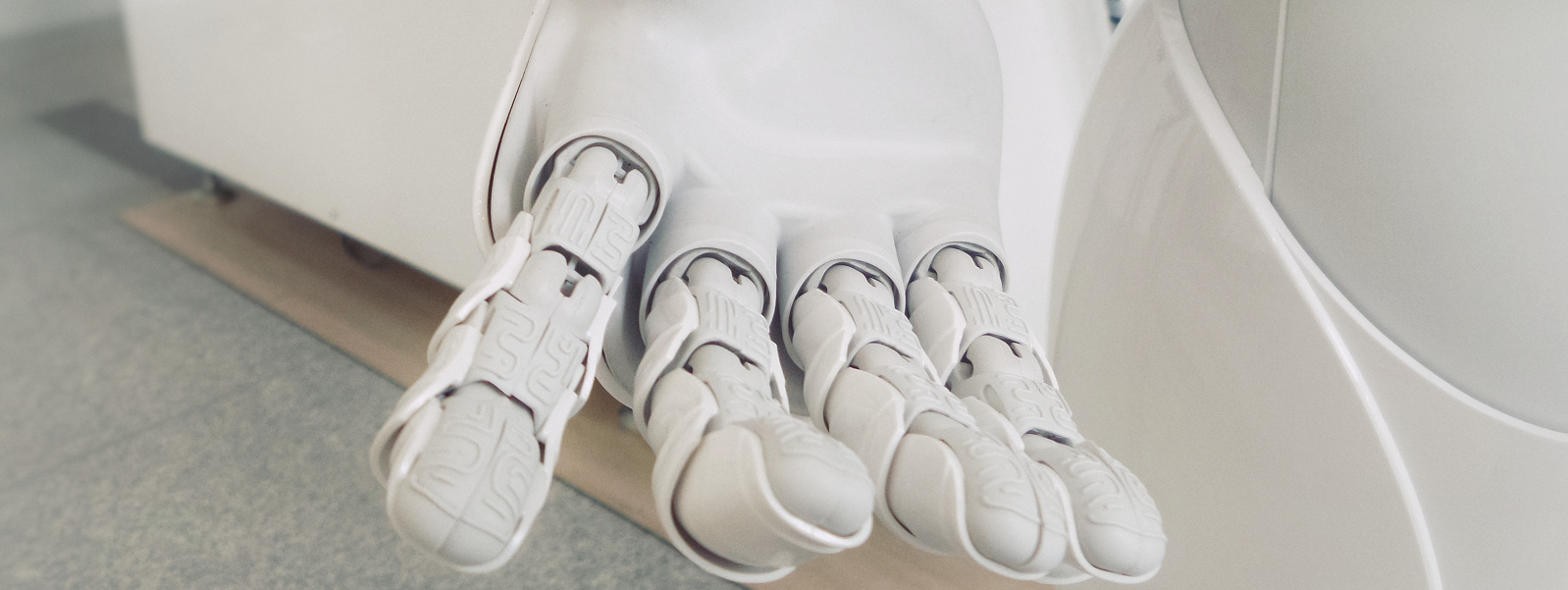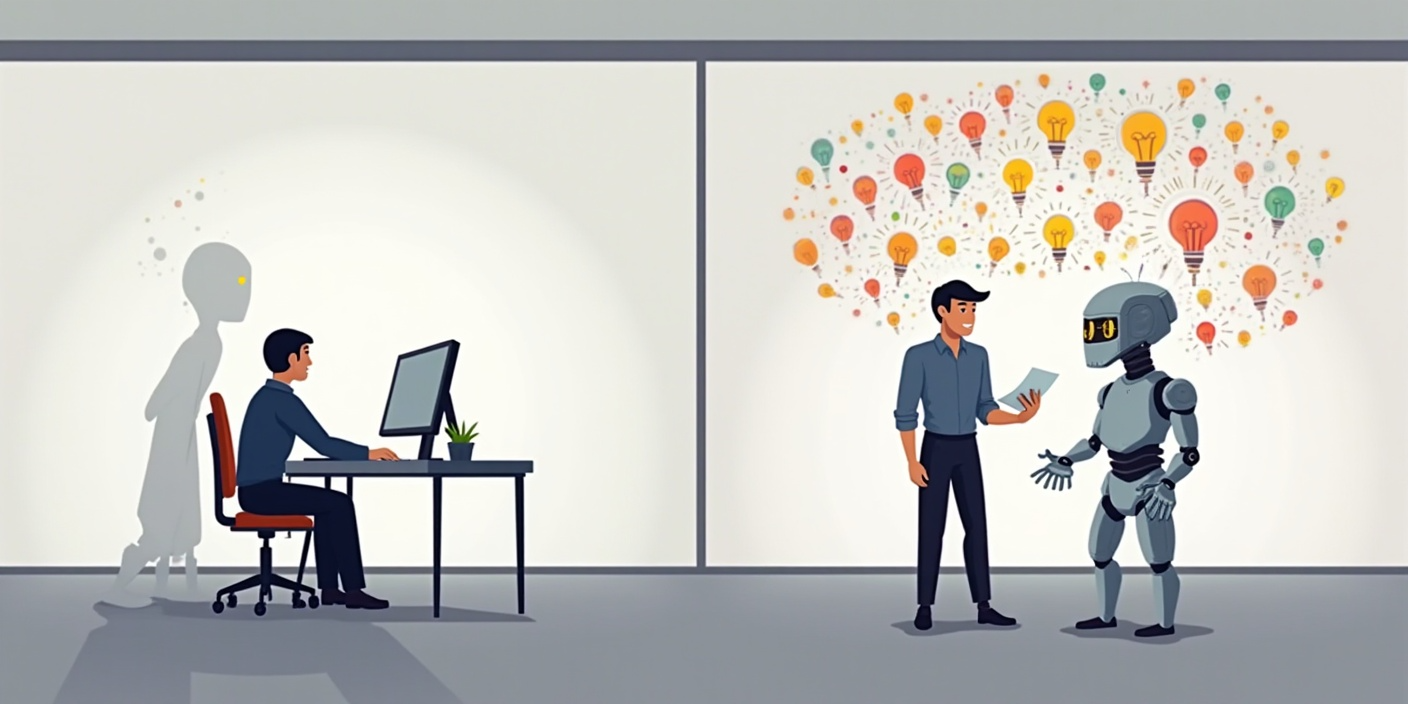Photo by Possessed Photography on Unsplash
We sifted through hundreds of innovations that grabbed attention last year.
In this series of nine posts, we share the most interesting and impactful ideas.
How might we connect biotechnology with other technologies?
Proteins are responsible for almost all cellular functions. It is therefore natural for scientists to study proteins intensively. A protein’s function is largely determined by its structure. A major breakthrough in biological sciences was that DeepMind, a subsidiary of Alphabet Inc., had finished the prediction of the 3D structures of nearly all known proteins in July 2022. In around 200 million proteins, about 35% have highly accurate predictions, another 45% predictions are good enough for many applications. The 23-terabyte data are available in a database set up by DeepMind and the European Molecular Biology Laboratory’s European Bioinformatics Institute (EMBL–EBI).
Using deep learning, DeepMind trained their system, AlphaFold, to predict experimentally determined proteins’ 3D structures based on the amino acid sequences. Then taking the amino acid sequences in a huge database, named UniProt, DeepMind determined the 3D structures of almost all the known proteins. When facing a new sequence, the system finds related sequences in databases and uses the information in prediction. The predictions come with a confidence score so that scientists can treat them accordingly.
AphaFold is particularly good for proteins with a single well-defined 3D structure. It can also identify those protein regions that have no defined shape in isolation. AlphaFold does have some limitations: it is not good at predicting the effect of mutations or how protein shapes change with interacting drugs or proteins. The newly established database for nearly all known proteins helps with some important scientific effort, such as studying the structure of proteins and protein complexes, understanding how proteins change in evolution, and identifying new protein families.
The purpose
To predict the 3D structure of proteins
The idea
Use deep learning to connect amino acid sequences with 3D structures
Humanoids are robots that look like humans or have human-like characteristics. Such robots may be useful in enabling natural human-robot interactions. Towards this end, Dr. Shoji Takeuchi and the team at the University of Tokyo have developed a method to put living skin on robots. They designed a skin equivalent using living human cells (such as fibroblasts and keratinocytes) and extracellular matrix hydrogels. Then they uniformly covered a 3-joint robotic finger with this skin equivalent. The resulting finger surface has skin-like appearance and internal structure. The surface has a soft touch and can naturally stretch while finger bending. Interestingly, if the “skin” is wounded, it can heal after the scientists graft and culture a collagen sheet onto the wound site.
The purpose
To give robots human-like skin
The idea
Put living human cells, mixed with hydrogel, onto robots
Hottest Innovations of Last Year
Further Possibilities
1. Invent proteins, such as enzymes for certain reactions, based on AlphaFold
Scientists might try mutations in existing protein sequences, and then use AlphaFold to predict the 3D structure and function of the mutated proteins. Alternatively, one could use AlphaFold to generate novel protein sequences that fold to a desired 3D structure, and then test their function experimentally or computationally.
2. Use human brain cells to boost up machine intelligence
By incorporating human brain cells, machine systems might exhibit similar adaptability, enabling them to learn from experiences, adjust their behavior, and improve their performance over time.
3. Use human sensory cells to give machines senses
For example, human gustatory perception enables us to discern various flavors and tastes. Incorporating human taste cells or components into machines could potentially allow them to assess the taste profiles of substances.
4. Use AI to predict health outcome from medical and wearable data
If it works, it would enable proactive, personalized interventions, improving patient outcomes, and optimizing healthcare delivery.
5. Develop robotic hands that combine the strengths of human hands and machines
Either using biomimicry or biological tissues, robotic hands might become dexterous, versatile and adaptable.
Questions
1. How might we add biological functions to robots?
2. How might we add machine functions to humans?
3. How might we add human intelligence to deep learning?







